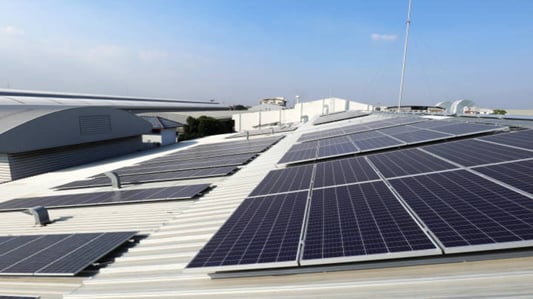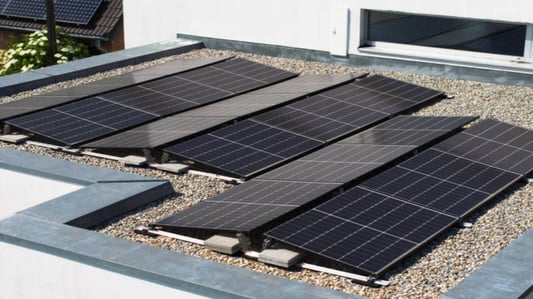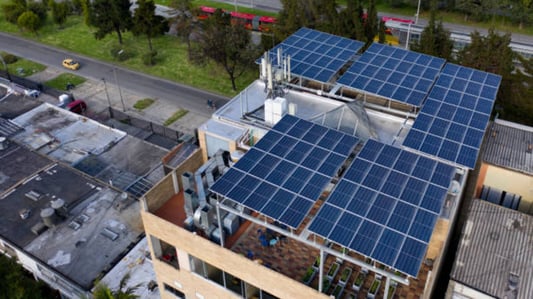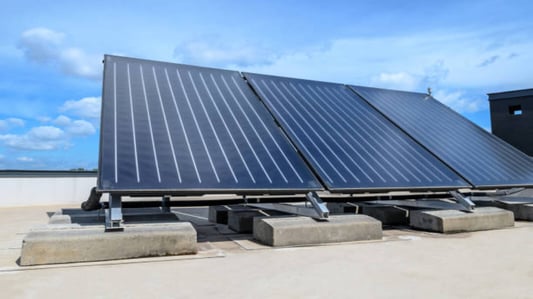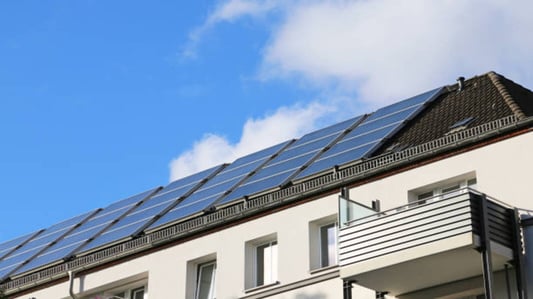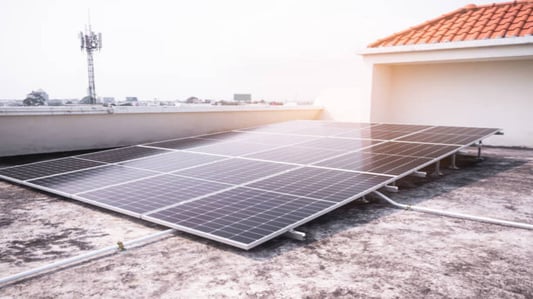IntroductionFlat roof solar mounting systems offer a convenient way to install solar panels on flat roofs. However, like any other system or equipment, these mounting systems also require regular maintenance to function optimally and serve their intended purpose. Maintenance helps to improve system efficiency, prolong its lifespan, and prevent costly repairs. In this article, we provide practical Maintenance tips for flat roof solar mounting systems.Clean Solar Panels and RailsCleaning solar panels and rails is essential in maintaining a flat roof solar mounting system. Dirt, debris, and other pollutants can accumulate on solar panels and rails, reducing their efficiency. Cleaning should be done periodically using water and a soft-bristle brush or a non-abrasive cleaning cloth to avoid scratching the surface.Check for LeaksLeaks can cause significant damage to a flat roof solar mounting system. Regularly inspect the roof for any leaks and fix them immediately to prevent water from seeping into the system. Ensure that all roof penetrations are correctly flashed and adequately sealed.Inspect Roof MembraneA flat roof solar mounting system is installed directly on the roof membrane, which serves as the waterproofing layer. Inspect the roof membrane regularly to ensure that it's in good condition. Any damage or wear and tear should be fixed promptly to prevent water from penetrating the roof membrane and causing damage.Tighten Mounting BoltsMounting bolts can loosen due to vibrations caused by wind or other factors. Loose bolts can cause damage to the roof and pose a threat to the solar panel system's stability. Tighten all mounting bolts and inspection them regularly to prevent any issues.Inspect Fastening ClipsFastening clips hold solar panels and rails in place. Check them regularly to ensure that they are tight and secure. Replace any damaged or worn clips promptly to prevent the solar panels from becoming loose.Inspect the Wiring SystemThe wiring system is critical to the functioning of the solar panel system. Inspect wiring connections regularly to ensure that they are secure and not damaged. Any faulty connections should be fixed promptly.Check Inverter FunctionalityThe inverter converts the solar panel's DC current into AC current to power electrical appliances. Check the inverter’s functionality regularly to ensure that it's working correctly. Any faults should be fixed promptly to avoid damage to the system.Inspect Grounding SystemThe grounding system ensures that the solar panel system is safe to use. Inspect the grounding system regularly to ensure that it's functioning correctly. Fix any faults promptly to ensure the safety of the system.Ensure Adequate ClearanceEnsure that there is adequate clearance between the solar panels and any nearby objects, such as trees or buildings. Trees can drop debris onto the panels or provide shade that reduces panel efficiency, while buildings can cause wind turbulence that can damage the mounting system.Maintenance tips for flat roof solar mounting systems, solar panel maintenance, flat roof maintenance, solar panel system upkeepMaintenance Tips for Flat Roof Solar Mounting SystemsLearn how to keep your flat roof solar mounting system in top shape with these practical maintenance tips.Quote InquiryContact us!


